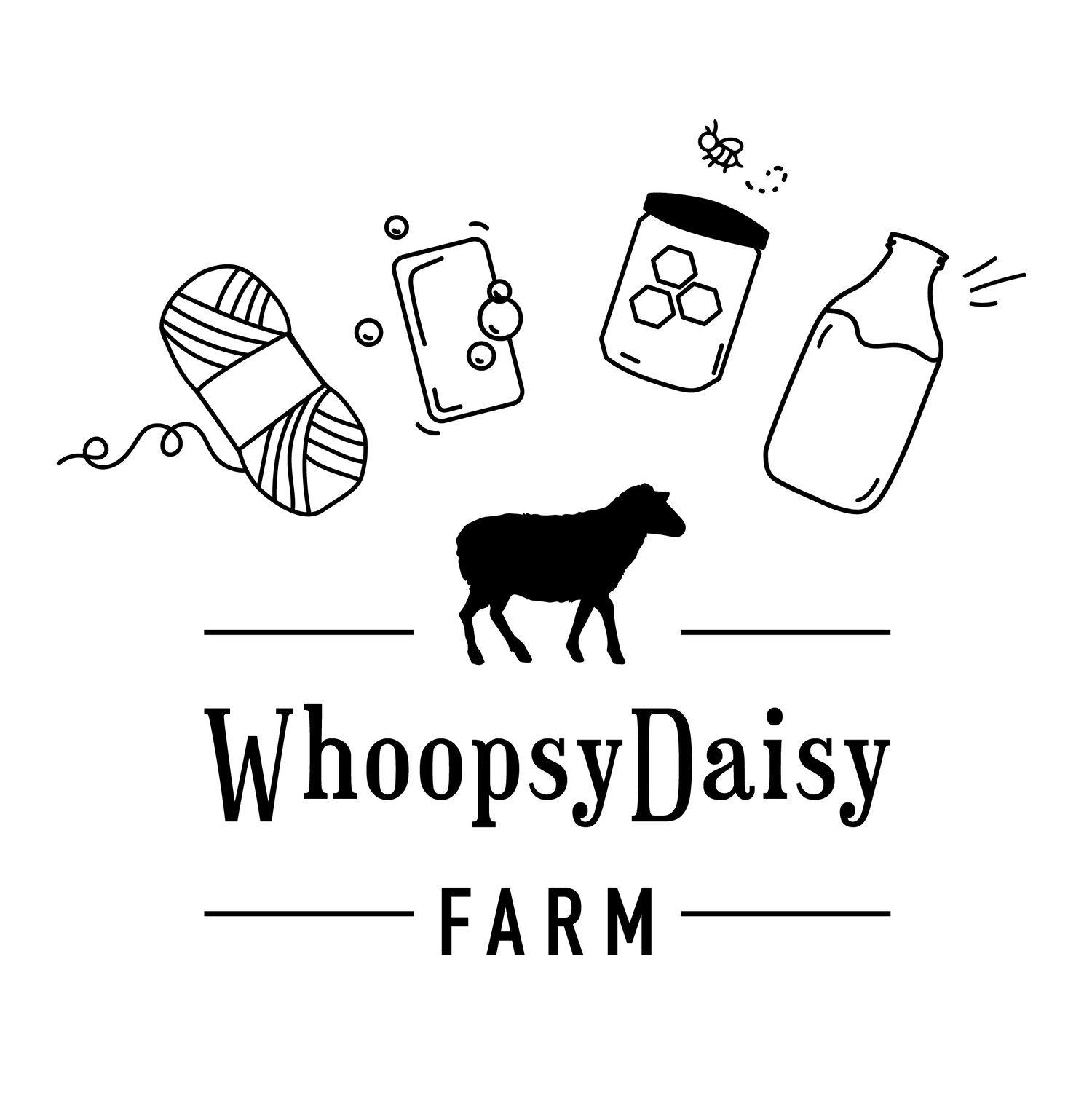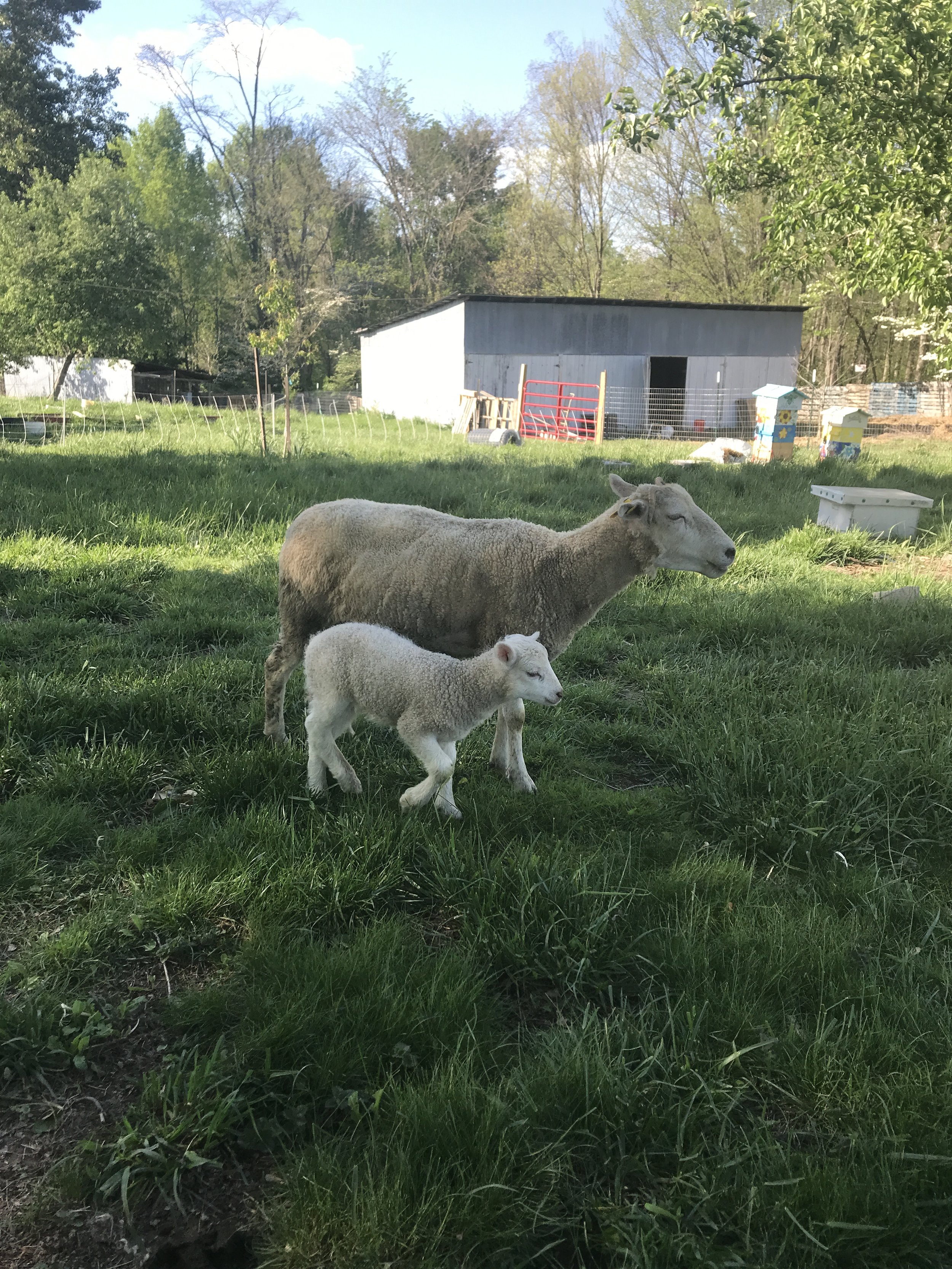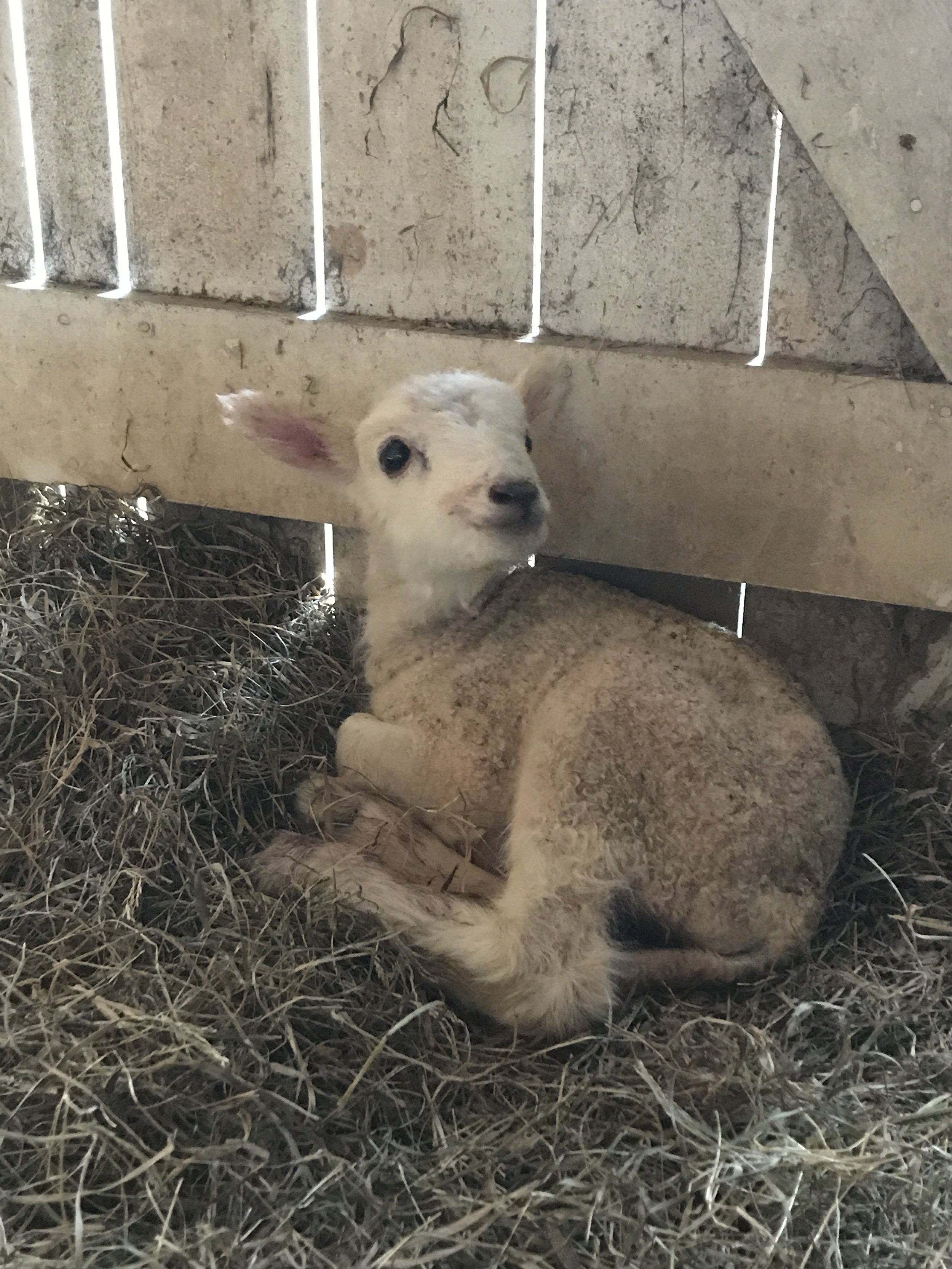Non-Dairy Sheep Breeds
Short and sweet - why would you want to milk a non-dairy breed of sheep?
Well there are a few reasons. The main reason I can think of is that you already are a shepherd, and you aren’t sure you want to invest in more sheep right now. Or you like your breed of sheep and just want some milk on the side for yourself and your family without starting a whole new business venture.
I cannot tell you the amount of times I have seen an indignant owner of Dorper or Katadin sheep voice their defense of their breed on the Dairy Sheep forums as viable dairy sheep. I myself have milked feral Gulf Coast Native sheep, a good friend of mine milks Navajo Churro sheep, and after doing a poll on the Homestead Dairy Sheep Facebook Board was delighted to see several other breeds listed in the poll, such as Shetlands, Suffolk and Romanov. It delights me not because I want to knock the traditional dairy breeds, but rather because I love seeing farmers dive into non-traditional… or should I say returning to traditional but abandoning conventional… methods of farming. Practical farming is my cup of tea, and I don’t really like any mindset or method that says you MUST adhere to certain things or you don’t count as a REAL farmer/homesteader/dairy shepherd.
(Probably because I’m ornery and refuse to be put into a box myself. But that’s another topic for another day)
Another reason someone might consider non-dairy breeds of sheep is because they don’t want the huge responsibility of a dairy breed. Dairy breed sheep will provide enough milk for both their lambs and you for several weeks until the lambs get bigger, so even if you milk share you still need to milk those girls at least once - if not twice - a day. If you don’t they will likely get mastitis from the backlog of milk. Therefore going out of town becomes a lot more complicated because you can’t just leave the lambs on the ewes and skip off to your adventure. You need a milk sitter - and let me tell you its hard enough to find a milk sitter when our Jersey is in milk. Finding someone to milk our sheep has only been successful when it becomes a matter of vehement prayer.
When my Gulf Coasts or my friend’s Churros are in milk and we want to skip town for a bit, we simply leave the lambs on and come home to find no mastitis, healthier lambs, and ewes still producing probably the same amount as they were before we left. Absolutely could not do this with my dairy mutt ewes.
I dove into milking my Gulf Coasts as a way to try and find a viable ‘job’ the breed could offer to small Homesteaders. They are a critically endangered breed and in order to become more marketable to folks interested in non-conventional breeds, they need a job. Their carcass is too small to be hugely desirable to meat farmers and their fleece is polarizing - you either love it or you hate it (that also largely depends on genetics and whether you are hand spinning, using a mill who is familiar with the breed’s wool or are using a mill who thinks they can treat the wool like Merino). So I thought maybe they would be viable milkers. The short answer is - sometimes. Thus one of the main drawbacks of non-dairy breeds. SOMETIMES you find a really amazing milker who has amazing teats, a phenomenal udder, and a great personality. Incidentally my Gulf Coasts with the best temperaments currently are the ones with the worst udders and jelly bean teats, and my Gulf Coast girls with the longest loveliest teats and gorgeous udders are feral and have tried to break Kyle’s kneecap and hand.
Most people asking about non-dairy breeds as milkers are owners of Dorpers, Katadins or St Croix and are wondering if they HAVE to delve into wool sheep in order to get milk. Current Dairy Breeds all very much have wool, and its a tragic misnomer that they are all allegedly ‘rug wool’ catagory fleeces. I really don’t think they are all ‘rug yarn’ or ‘coarse’ fleeces - some definitely are and I have one ewe who I joke grows a barilla pad each year. You can’t treat all wool like Merino and some fleeces straight up don’t want scouring - they really benefit from leaving some lanolin in the fleece for softness. It also lends itself to being a bit more waterproof. A lot of these fleeces don’t respond well to harsh chemical scouring and machine processing of mills - they want hand spinners with hand combs or carders to give individual attention to each fleece. Again, right up my cup of tea, but not every shepherd wants to be a fiber artist.
So if that’s you, you absolutely CAN milk your Dorper, Katadin, St Croix, and presumably Barbados Blackberry (although from what I hear, TOUCHING them is enough of a feat as they are so wild…). Just bear in mind a few things:
~Your sheep’s udders may not be fun to hand milk. Their teats may most likely be on the side of the udder, so getting the milk out will take some creativity and can’t be done the same way you milk your cow or goat
~Your lactation time is going to be SHORT. So only plan on having fresh milk from your sheep for 4-6 months.
~You aren’t going to get much milk. I’ve heard 1/4 cup per ewe when it comes to Katadins some times. If you want that much work for that much milk, you go for it, but for me I find that anything less than 1/2 cup per milking just isn’t worth the hassle.
~Its weird enough milking sheep. If you milk hair sheep, even the dairy shepherds will look at you funny.
Now the pro’s are, the milk is delightfully creamy (so I’ve been told), you don’t have to invest in new sheep, you don’t have to fool with wool, and your breeds are allegedly hardier than dairy breeds.
As I said, I’ve also milked a Border Leicester ewe and she produced as much milk as my dairy mutt sheep and had larger teats than they did. Her main drawback was she really needed more grain than everyone else and she was ridiculously parasite prone, which is how we eventually lost her. I don’t know if that was her genetics specifically or Border Leicesters in general. I have seen pictures of Gotland and Teeswater udders and they are delightfully large and milkable, and I’ve heard of a Gotland ewe who produced a liter a day from her one-sided udder, as the other side had been scarred by Mastitis and so wasn’t producing anymore. I have met online a few shepherds who are experimenting with Shetland sheep - a very desirable breed as far as fleece, meat and hardiness goes - and who have been happy with the amount of work they have put into the sheep for the amount of milk they get.
As politics continue to make our lives uncertain and food distribution in our country continues to create scary headlines, I think it is important that we as the American people get back to our pioneer roots of exploring possibilities and not be limited to conventional methods of food production. Milking non-dairy breed sheep is an excellent way to begin that lovely exploration. If you get your milk tested, please share it with the dairy shepherd community so others can see the amount of milk, butterfat content, and overall experience of non-dairy sheep. Some will be goober heads and breed snobs but a lot of us are definitely curious. And many are interested in dairy sheep but simply can’t afford the time and money of being on a three year waiting list for animals that cost $1,500-$3,000 for ‘purebred’ dairy genetics.
I hope this encourages you to explore non-dairy sheep genetics on your farm!



